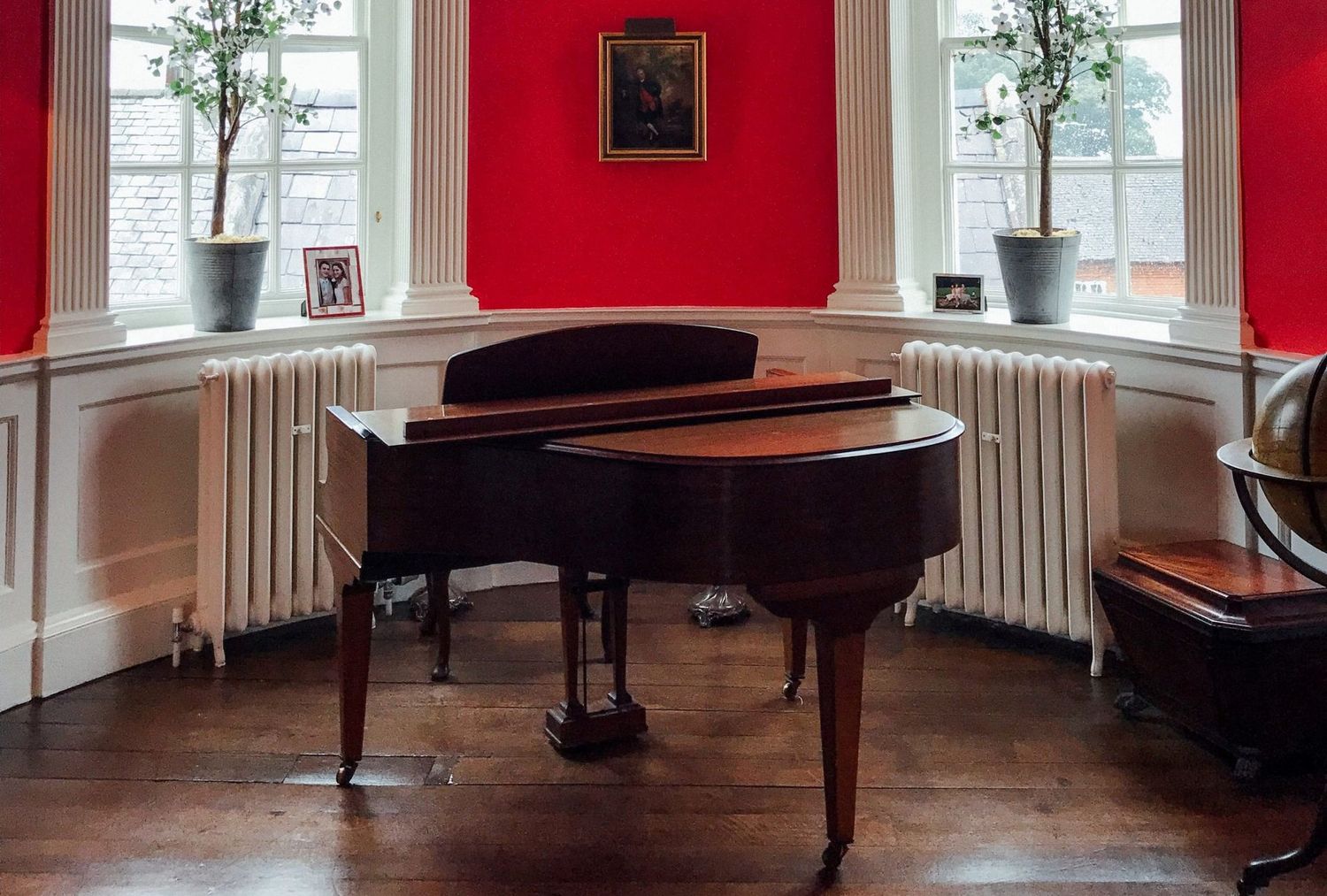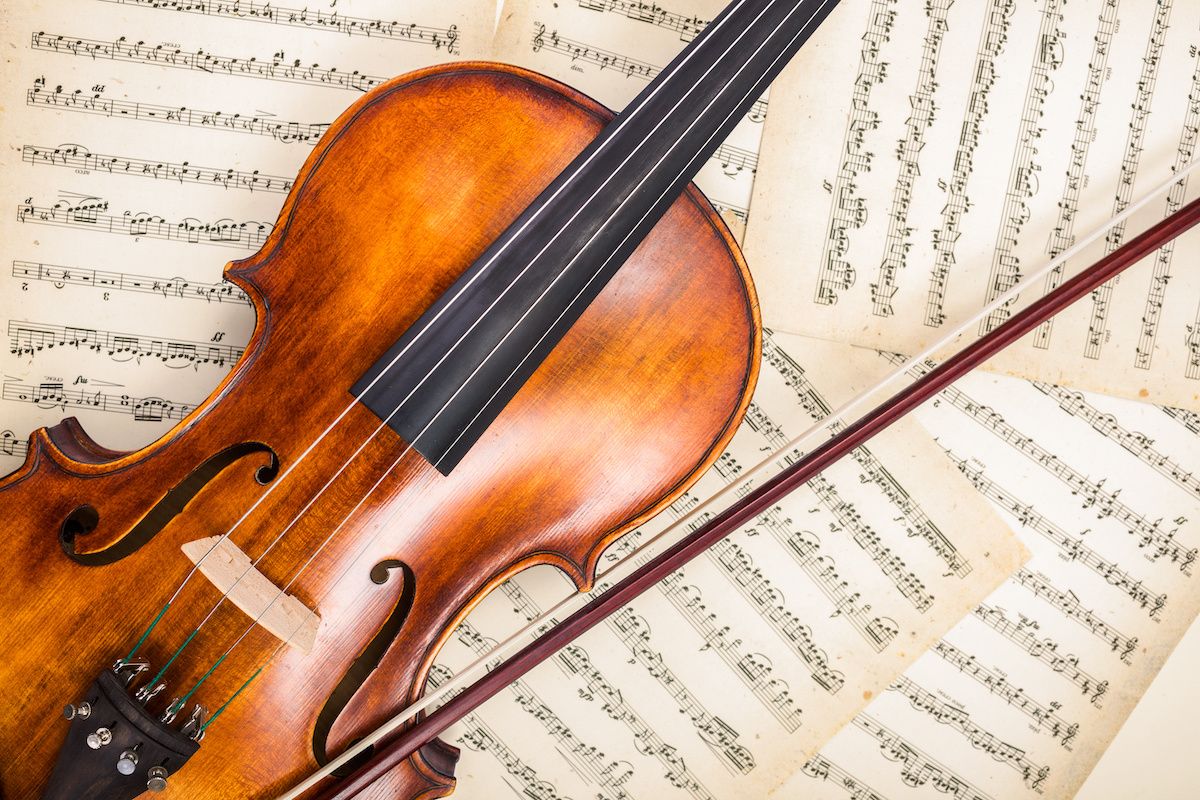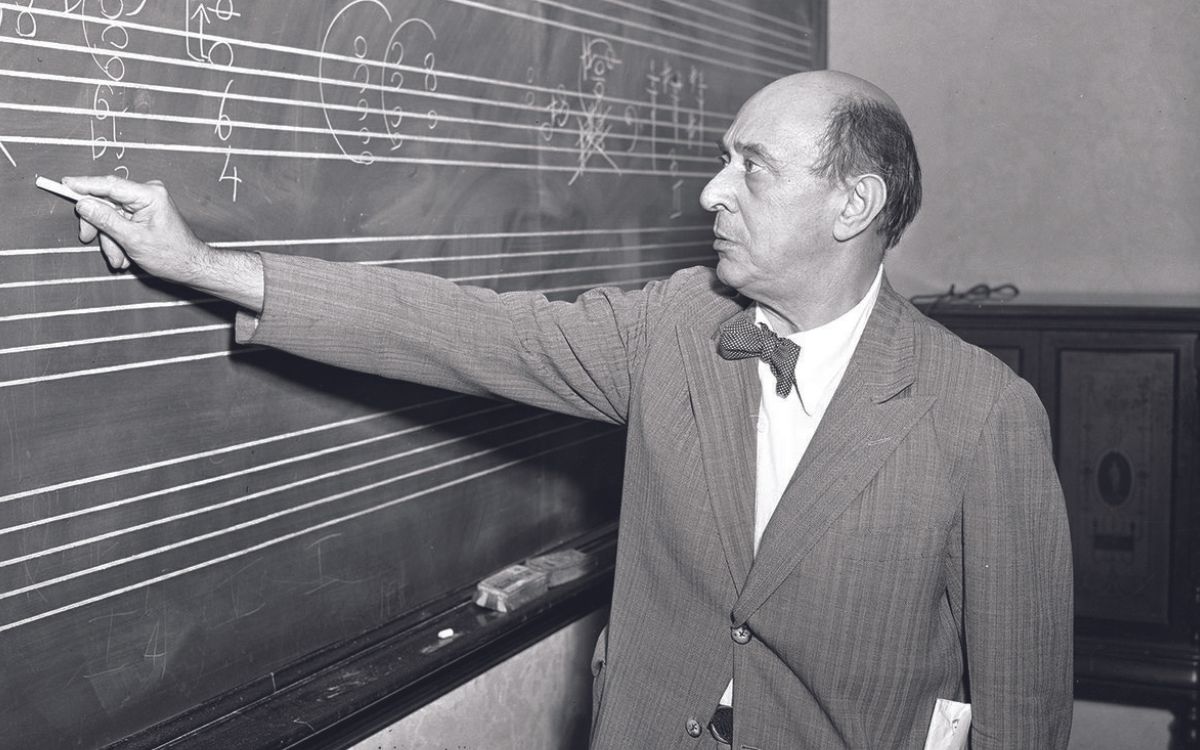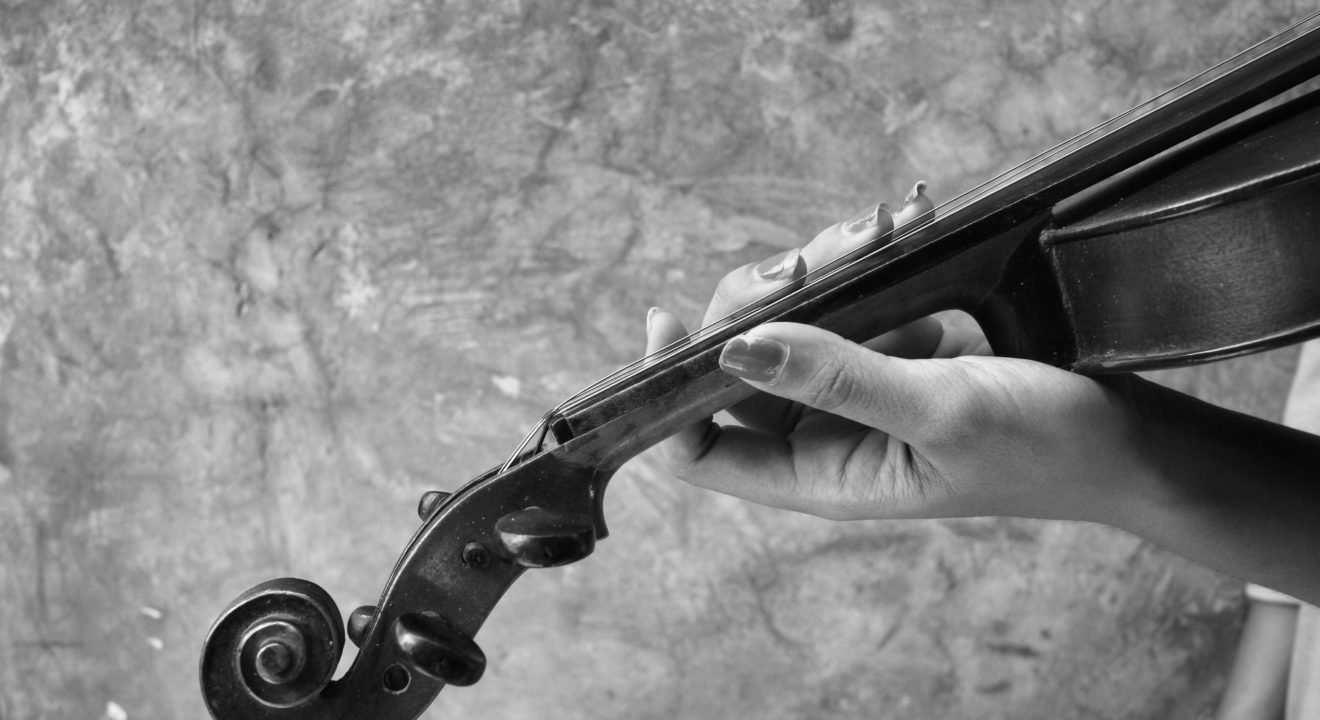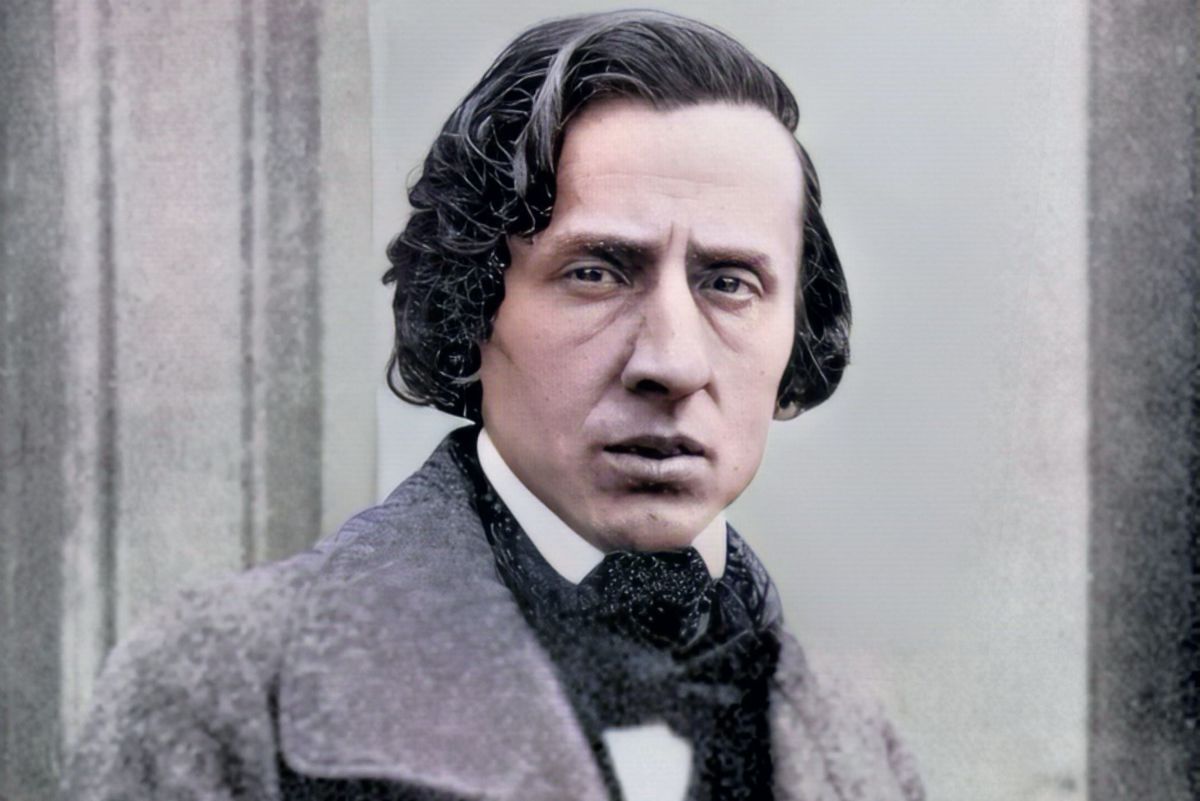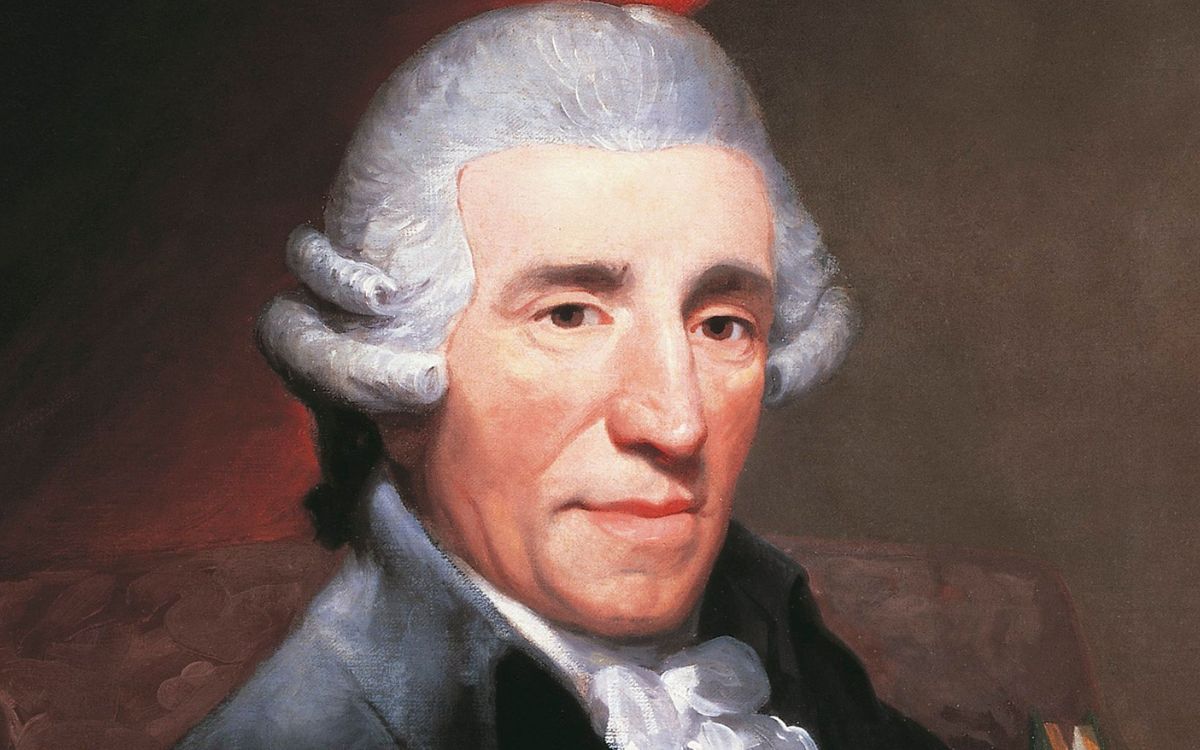Home>Events & Info>Music History>In Which Period Of Music History Did Musicians Compose Masses
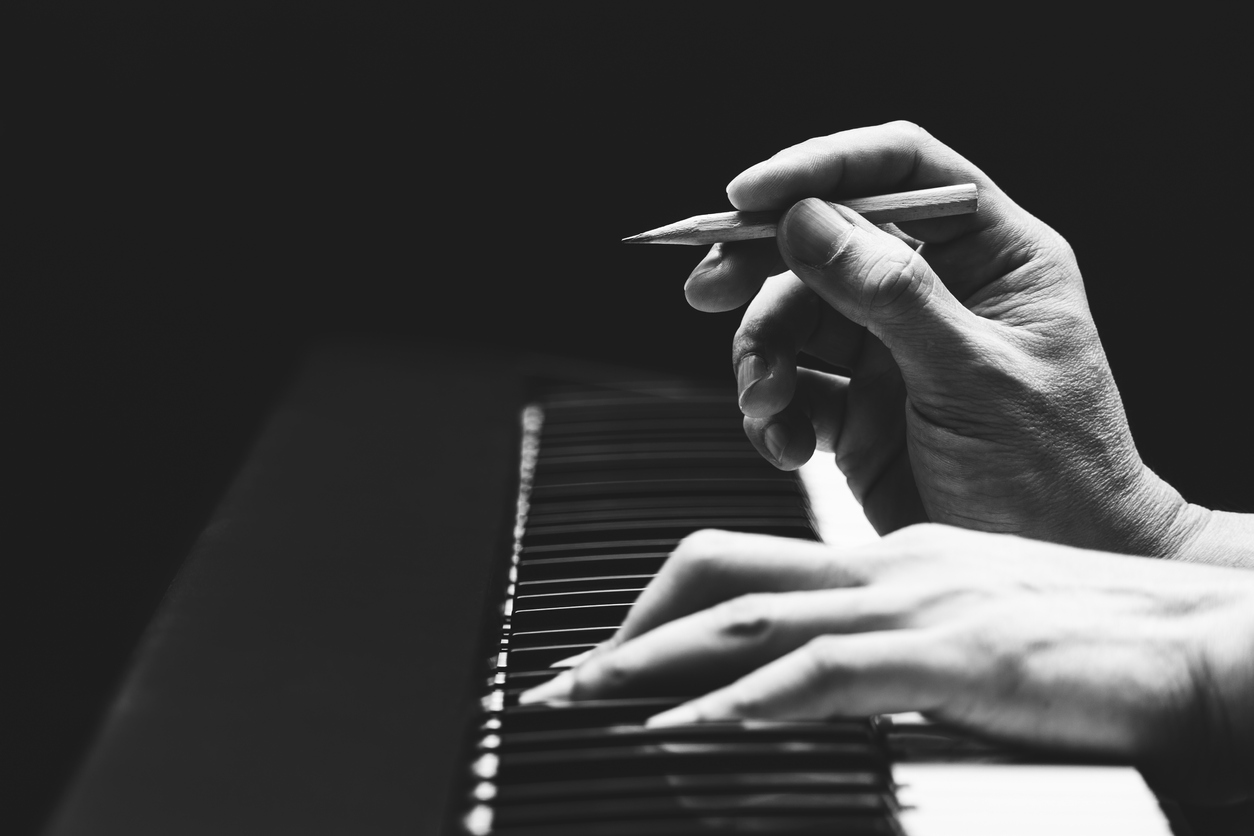

Music History
In Which Period Of Music History Did Musicians Compose Masses
Published: December 27, 2023
Discover the period of music history when musicians composed Masses. Explore the rich legacy of Mass compositions through the centuries.
(Many of the links in this article redirect to a specific reviewed product. Your purchase of these products through affiliate links helps to generate commission for AudioLover.com, at no extra cost. Learn more)
Table of Contents
Introduction
Music history spans centuries of artistic expression, cultural evolution, and technological advancements. Throughout the ages, musicians have composed a wide array of musical works, ranging from symphonies and concertos to sonatas and operas. One significant genre that emerged during various periods of music history is the Mass, a musical composition rooted in religious worship.
The Mass, also known as the Eucharist or Holy Communion Mass, is a sacred Christian ritual that commemorates the Last Supper. It typically involves scripture readings, prayers, and the act of receiving bread and wine as symbols of Christ’s body and blood.
In this article, we will explore the different periods of music history and examine when musicians composed Masses. We will delve into the medieval, Renaissance, Baroque, Classical, Romantic, and modern periods to understand the evolving styles, characters, and influences that shaped Mass compositions.
Join us on this musical journey through time as we discover the significant contributions made by composers during each era, the societal influences that affected their works, and the transformative impact of historical and cultural events on the development of Mass compositions. From the hauntingly beautiful chants of the medieval period to the grandiose symphonic Masses of the Romantic era, let us dive into the rich tapestry of music history and explore how Mass compositions have evolved over time.
Medieval Period
The Medieval period, also known as the Middle Ages, spanned roughly from the 5th to the 15th century. It was a time of great religious devotion and the dominance of the Catholic Church. Consequently, music during this period was primarily religious in nature, and the Mass played a central role in the musical repertoire.
During the early medieval period, Gregorian chant, also known as plainchant or plainsong, was the most prevalent type of music used in Mass compositions. Gregorian chant was monophonic, meaning it consisted of a single melodic line sung by the choir without any instrumental accompaniment. These chants were sung in Latin and followed a psalm-like structure.
As the medieval period progressed, polyphony, the combination of two or more melodic lines, began to emerge. This development allowed for greater musical complexity and expressive possibilities in Mass compositions. Influential composers such as Leonin and Perotin played a crucial role in expanding the use of polyphony in the Mass.
One notable Mass composition during the medieval period is the “Missa Se la face ay pale” by Guillaume Dufay. This Mass, composed in the 15th century, exhibits characteristics of both plainsong and polyphony. It showcases the evolving musical techniques of the time while maintaining a strong connection to the religious tradition of the Mass.
Overall, the medieval period laid the foundation for Mass compositions, with religious devotion and the Catholic Church serving as dominant influences. The use of plainchant and the emergence of polyphonic music set the stage for future developments in Mass composition that would unfold in the Renaissance and subsequent periods of music history.
Renaissance Period
The Renaissance period, spanning from the 14th to the 17th century, marked a significant shift in the cultural, intellectual, and artistic landscapes of Europe. This era witnessed a resurgence of interest in classical Greek and Roman cultures and a growing emphasis on humanism. In the realm of music, the Renaissance period brought about a profound transformation in Mass compositions.
During the Renaissance, Mass compositions became more intricate and expressive. Composers began to experiment with harmonies, counterpoint, and a wider range of vocal and instrumental textures. The use of polyphony continued to expand, culminating in the development of the “Palestrina style,” named after the renowned composer Giovanni Pierluigi da Palestrina.
Palestrina’s Mass compositions, such as the famous “Missa Papae Marcelli” (Pope Marcellus Mass), exemplified the characteristics of Renaissance polyphony. They featured balanced and flowing melodic lines, clear and intelligible text settings, and careful attention to the interplay between voices. Palestrina’s Masses were often composed for a cappella choir, showcasing the beauty and purity of vocal harmonies.
Another notable composer of the Renaissance period was Josquin des Prez. His Mass compositions, such as the “Missa Pange Lingua,” showcased intricate polyphonic writing and a sense of musical unity and coherence. Josquin’s Masses were innovative in their use of musical motifs and elaborate contrapuntal techniques.
The Renaissance period also witnessed the emergence of musical genres that were directly influenced by Mass compositions, such as the motet. Motets, like Masses, were sacred choral compositions with polyphonic textures, but they differed in terms of their textual content and structure.
Overall, the Renaissance period was characterized by a flourishing of artistic creativity and a renewed focus on humanistic values. Mass compositions during this time showcased the mastery of polyphonic techniques and the exploration of new expressive possibilities. The works of Palestrina, Josquin des Prez, and other Renaissance composers laid the foundation for future developments in Mass composition during the Baroque and subsequent periods.
Baroque Period
The Baroque period, spanning from the late 16th to the mid-18th century, was a time of grandeur, emotional intensity, and ornate artistic expression. In the realm of music, the Baroque era witnessed significant developments in Mass compositions, with composers pushing the boundaries of musical complexity and emotional depth.
During the Baroque period, composers began to explore new musical forms and structures. The Mass, which had been a central component of religious worship for centuries, underwent a transformation. Composers started to incorporate operatic elements, such as solo vocal passages and instrumental interludes, into Mass compositions, resulting in large-scale works known as the “concerto-style Masses”.
One influential composer of Baroque Masses was Johann Sebastian Bach. Bach, renowned for his exceptional contrapuntal skills, composed several Masses, including the “Mass in B minor”. This monumental work showcases the fusion of traditional polyphonic techniques with the dramatic and expressive elements of the Baroque era.
Another notable composer of Baroque Masses was George Frideric Handel, who is best known for his oratorio “Messiah”. Although “Messiah” is not a Mass composition in the traditional sense, it exemplifies the grandeur, emotion, and choral brilliance that characterized Baroque Masses.
The Baroque period also saw the rise of the oratorio, a large-scale sacred musical composition that shares similarities with Mass compositions. Oratorios often depicted biblical stories and were composed for vocal soloists, choir, and orchestra. Handel’s “Messiah” is one of the most famous examples of the oratorio genre.
Overall, the Baroque period marked a period of extraordinary innovation and artistic expression in Mass compositions. Composers like Bach and Handel pushed the boundaries of musical form and created profound and emotionally charged works that continue to captivate audiences today. The concert-style Masses and the emergence of the oratorio genre during this period paved the way for further developments in Mass composition in the Classical and subsequent periods.
Classical Period
The Classical period, spanning from the mid-18th to the early 19th century, was a period of elegance, balance, and clarity in the arts. In the realm of music, the Classical era introduced a shift in musical style, focusing on formal structures and refined compositions. This shift also had an impact on Mass compositions during this period.
During the Classical period, Mass compositions underwent significant changes in style and structure. Composers, inspired by the Enlightenment ideals of reason and order, sought to create music that was clear, balanced, and accessible to a wide audience. As a result, the Masses of this period became more refined, with a greater emphasis on clarity of the text, simplicity of melody, and balanced musical phrases.
One prominent composer of Masses during the Classical period was Wolfgang Amadeus Mozart. Mozart composed several Masses, including the renowned “Great Mass in C minor” and the “Requiem Mass in D minor”. These Masses exemplify the Classical style through their balanced textures, elegant melodies, and careful attention to musical form.
Another significant figure of the Classical period was Franz Joseph Haydn. Haydn composed numerous Masses, including the “Mass in Time of War” and the “Mariazellermesse”. These Masses showcase Haydn’s mastery of choral writing, with intricate harmonies, contrapuntal passages, and uplifting melodies.
During the Classical period, Mass compositions also began to incorporate elements of the symphony, with composers utilizing orchestral forces to enhance the dramatic impact of the music. The Masses of this period often featured soloists, choir, and orchestra, creating a grand and resonant sound.
Overall, the Classical period marked a departure from the ornate and complex compositions of the Baroque era. Mass compositions during this period embraced a more balanced and refined style, characterized by clarity of expression and formal structure. The works of composers like Mozart and Haydn exemplify the essence of the Classical period, highlighting its elegance and musical craftsmanship.
Romantic Period
The Romantic period, spanning from the 19th to the early 20th century, was a time of intense emotion, individual expression, and a fascination with nature and the supernatural. In the realm of music, the Romantic era brought about a significant evolution in Mass compositions, marked by heightened emotional content and a departure from the formal constraints of the Classical period.
During the Romantic period, Mass compositions became more dramatic, expressive, and grandiose. Composers sought to evoke a wide range of emotions, often employing powerful choruses, soaring melodies, and rich harmonies to convey a sense of spirituality and awe.
One of the most notable works of Mass composition from this period is Giuseppe Verdi’s “Requiem”. While technically an oratorio, the “Requiem” exemplified the Romantic ethos with its passionate melodies, lush orchestration, and its profound exploration of themes of life, death, and spirituality.
Another influential composer of Masses during the Romantic period was Anton Bruckner. Bruckner’s Mass compositions, such as the “Mass in F minor” and the “Te Deum”, showcased his distinctive style, characterized by expansive symphonic writing, lush harmonies, and transcendent choral climaxes.
Additionally, composers like Gabriel Fauré and Johannes Brahms contributed to the Mass repertoire of the Romantic period. Fauré’s “Requiem” featured ethereal melodies and a serene, introspective quality, while Brahms’ “German Requiem” combined elements of the Mass with texts in the German language, creating a deeply personal and humanistic reflection on life and death.
During the Romantic period, Mass compositions also embraced national and folk influences, reflecting the growing interest in nationalism and cultural identity. Composers incorporated traditional melodies, rhythms, and instruments from their respective countries, adding a unique flavor and color to their Mass compositions.
Overall, the Romantic period witnessed a departure from the formal constraints of the Classical era, allowing for a more emotional and individualistic approach to Mass compositions. Composers like Verdi, Bruckner, Fauré, and Brahms created works that tapped into the deepest emotions of the human experience, leaving a lasting impact on the Mass repertoire for generations to come.
Modern Period
The Modern period, spanning from the late 19th century to the present day, is a diverse and dynamic era in music history, characterized by experimentation, innovation, and the breaking of traditional boundaries. In this period, Mass compositions continued to evolve, reflecting the changing musical landscape and societal influences of the time.
During the Modern period, composers sought to push the boundaries of tradition, exploring new musical techniques and forms. This experimentation led to the emergence of avant-garde and contemporary approaches to Mass composition.
Composers like Igor Stravinsky challenged traditional tonality and structure in their Mass compositions. Stravinsky’s “Mass” is a groundbreaking work that incorporates elements of folk music, rhythmic complexity, and unconventional harmonies, pushing the boundaries of the traditional Mass form.
Another significant composer of the Modern period was Olivier Messiaen, whose Mass compositions, such as the “Messe de la Pentecôte” (Mass of Pentecost), showcased his distinctive approach to music. Messiaen embraced elements of symbolism, vivid colors, and complex rhythms influenced by his synesthesia, resulting in evocative and spiritually charged Mass compositions.
In addition to avant-garde experimentation, Mass compositions in the Modern period also incorporated elements of other musical genres, such as jazz, rock, and popular music. Composers like Leonard Bernstein, with his “Mass: A Theatre Piece”, blended traditional Mass elements with contemporary musical styles, creating a dynamic and theatrical experience.
The Modern period also saw the rise of music technology, which had a profound impact on Mass compositions. Composers began to explore electronic sounds, sampled instruments, and computer-generated music, expanding the possibilities of sonic textures and timbres in Mass compositions.
Overall, the Modern period in Mass composition is characterized by innovation, experimentation, and the breaking of traditional boundaries. Composers like Stravinsky, Messiaen, and Bernstein pushed the limits of musical expression, incorporating elements from various genres and embracing new technologies. The Mass compositions of the Modern period reflect the ever-evolving nature of music and continue to shape the diverse musical landscape of the present day.
Conclusion
The evolution of Mass compositions throughout music history reflects the changing cultural, artistic, and musical landscapes of each period. From the simple yet profound chants of the medieval period to the grandiose and emotionally charged Masses of the Romantic era, composers have continuously innovated and pushed the boundaries of this sacred form of musical expression.
The Medieval period laid the foundation for Mass compositions, with Gregorian chant and the emergence of polyphony. The Renaissance period brought about a greater complexity and expressive possibilities through the use of elaborate polyphonic techniques. The Baroque period introduced dramatic elements, blending religious and operatic styles in Mass compositions. The Classical period saw a return to refined clarity and formal structure. The Romantic period embraced heightened emotion, grandiosity, and national influences in Mass composition. Lastly, the Modern period brought forth experimentation, innovation, and the blending of new musical genres and technologies in Mass compositions.
Throughout these periods, composers like Palestrina, Mozart, Verdi, and Stravinsky have made significant contributions to the Mass repertoire. Their works showcase the mastery of composition techniques, the exploration of new musical innovations, and the profound emotional impact of Mass compositions.
As music continues to evolve, the tradition of Mass compositions remains a vital part of the musical fabric. Composers in the 21st century draw inspiration from the rich history of Mass composition while embarking on new artistic journeys. Whether through the fusion of traditional and contemporary styles or the incorporation of technological advancements, Mass compositions continue to be a powerful medium for spiritual reflection, artistic expression, and cultural exploration.
In conclusion, the journey through music history reveals the transformative power of Mass compositions. From the solemn chants of the medieval period to the avant-garde experiments of the Modern era, Mass compositions have adapted and evolved, reflecting the spirit of each age. These compositions remind us of the enduring significance of music as a language of devotion, emotion, and connection to the divine.

